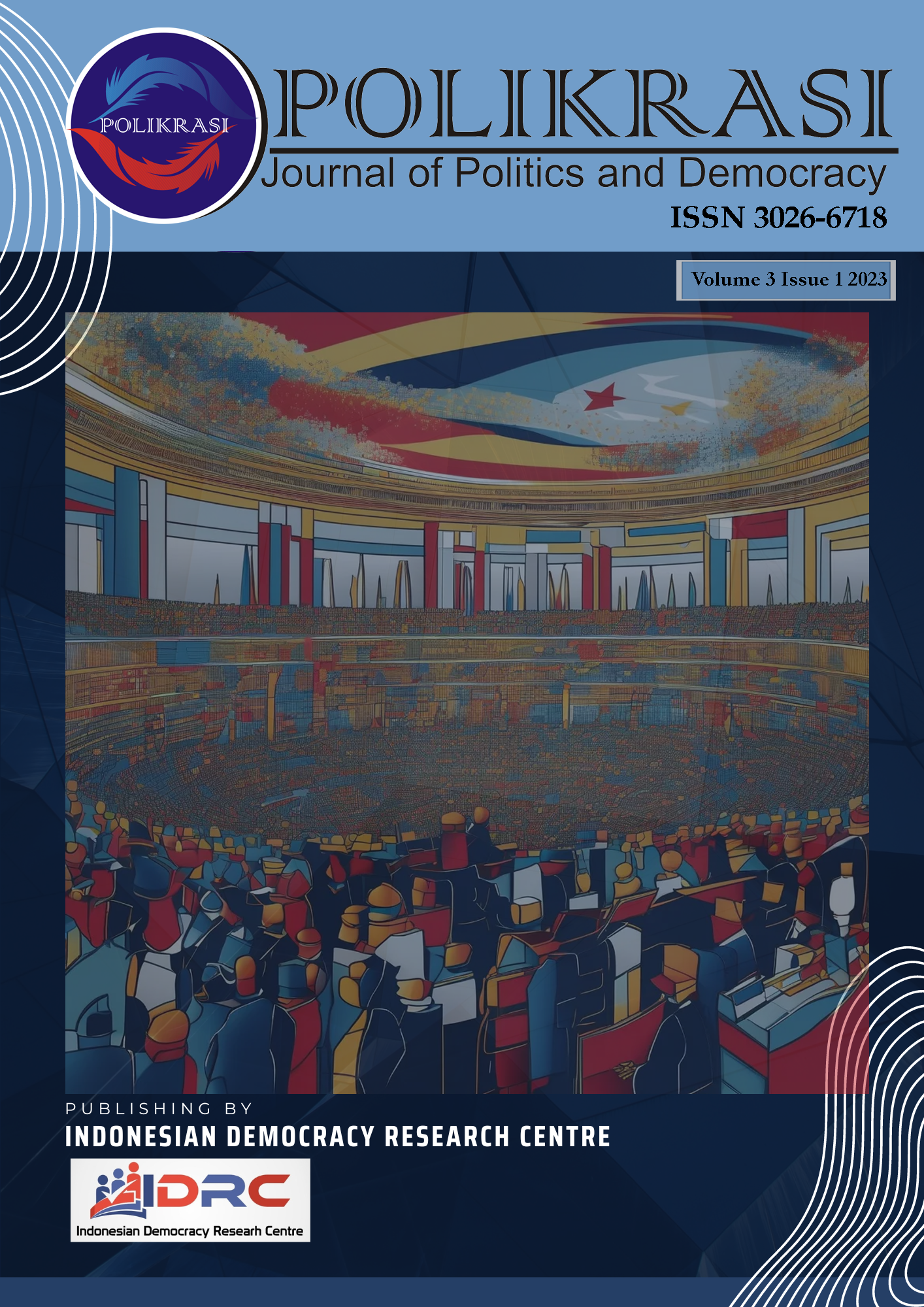Conflict Resolution Process Between PT Bangka Asindo Agri and Kenanga Community in 2019
Proses Resolusi Konflik Antara PT. Bangka Asindo Agri dan Masyarakat Kenanga Tahun 2019
Abstract
This study discusses the conflict resolution process between PT. Bangka Asindo Agri and the Kenanga community in 2019. The conflict was triggered by air pollution caused by waste emissions from PT. Bangka Asindo Agri’s factory, which allegedly disturbed the comfort of the Kenanga residents. Efforts to resolve the conflict had been initiated since 2017; however, these attempts failed to fully control the situation. This was evident from the continuation of conflict resolution efforts through mediation up to 2019, facilitated by the Regent of Bangka. Yet, the mediation process still did not succeed in resolving the dispute, as tensions persisted until March 2020, culminating in the arrest of six Kenanga residents on allegations of abuse of authority and forgery. Therefore, this research seeks to identify the factors contributing to the unsuccessful mediation in the 2019 conflict resolution process between PT. Bangka Asindo Agri and the Kenanga community. The theoretical framework used in this study is Ralf Dahrendorf’s conflict theory. The research employs a qualitative approach through interviews, observations, and documentation. Data analysis techniques include data reduction, data presentation, and conclusion drawing. The findings show that the conflict resolution process was carried out through mediation on December 8, 2019, with the Regent of Bangka acting as the mediator. The mediation process was protracted but eventually resulted in an agreement through several stages: (1) mediation mapping, (2) designing intervention strategies, (3) holding hearings, (4) developing a conducive conflict climate, (5) transforming conflict elements, (6) formulating alternative joint decisions, (7) selecting a mutually agreed alternative, and (8) implementing the agreement. The study identifies several factors behind the failure to fully control the conflict: (1) recognition — both PT. Bangka Asindo Agri and the Kenanga community continued to uphold their respective interests. PT. Bangka Asindo Agri sought to maintain factory operations, claiming that unpleasant odors from the facility had significantly decreased. Meanwhile, the Kenanga community persisted in demanding the factory’s closure and cessation of operations. (2) Agreement on the rules — PT. Bangka Asindo Agri, as the party responsible for the conflict, violated the terms of the 2019 mediation agreement.
Keywords:
Masyarakat Kenaga, Mediasi, PT. Bangka Asindo Agri, Resolusi KonflikDownloads
References
How to Cite
Published
Issue
Section
License
Copyright (c) 2022 Fadhilah Nur Rahmadhini

This work is licensed under a Creative Commons Attribution-NonCommercial-ShareAlike 4.0 International License.
- Authors retain copyright and grant the journal right of first publication with the work simultaneously licensed under a Creative Commons Atribusi-Non Commercial-Share Alike (CC BY-NC-SA).
- Authors are able to enter into separate, additional contractual arrangements for the non-exclusive distribution of the journal's published version of the work (e.g., post it to an institutional repository or publish it in a book), with an acknowledgement of its initial publication in this journal.
- Every publication (printed/electronic) are open access for educational purposes, research, and library. Other than the aims mentioned above, the editorial board is not responsible for copyright violation.













